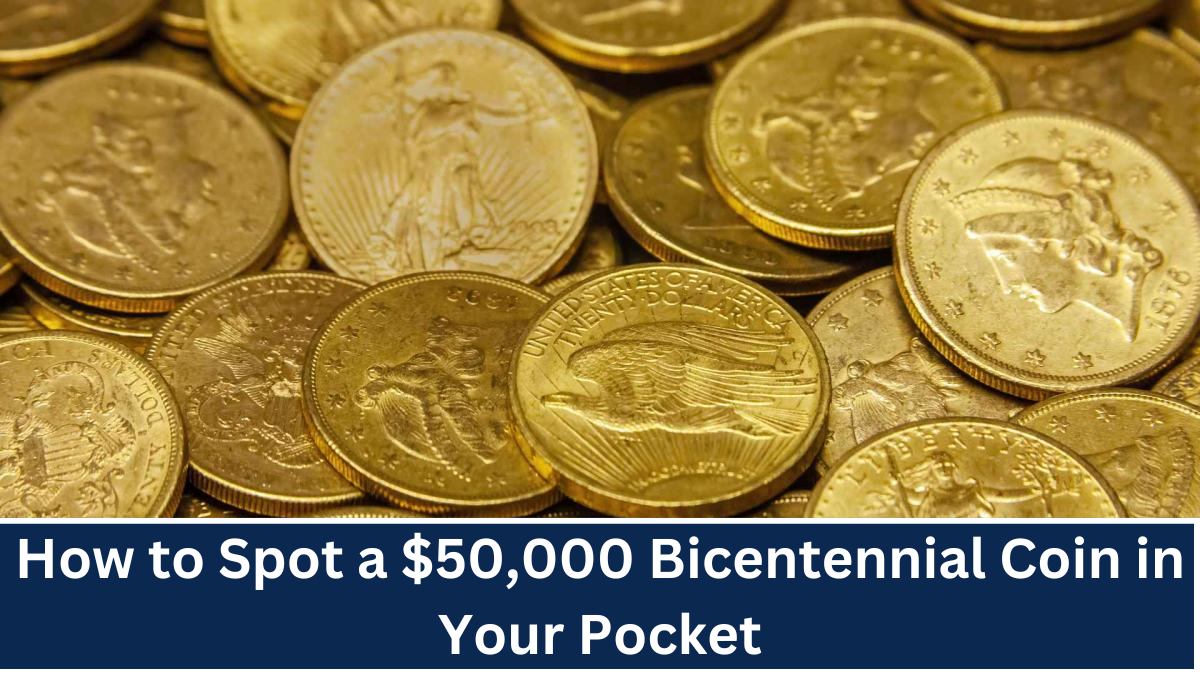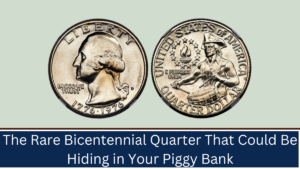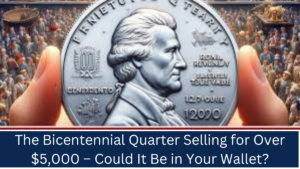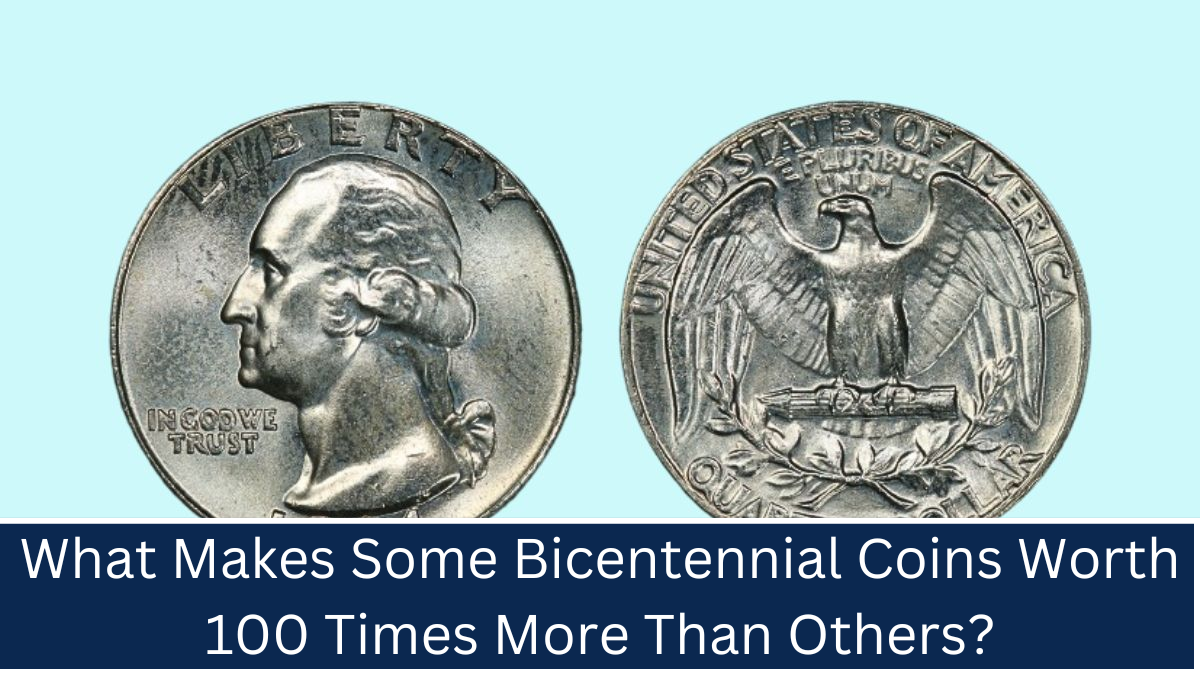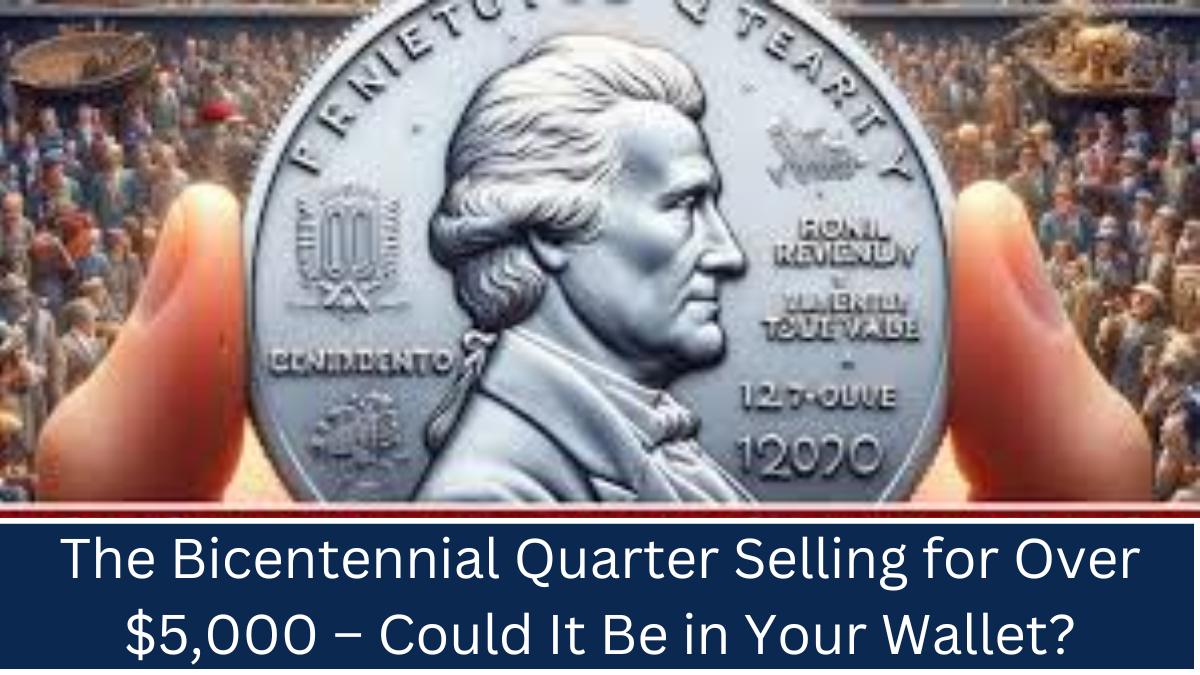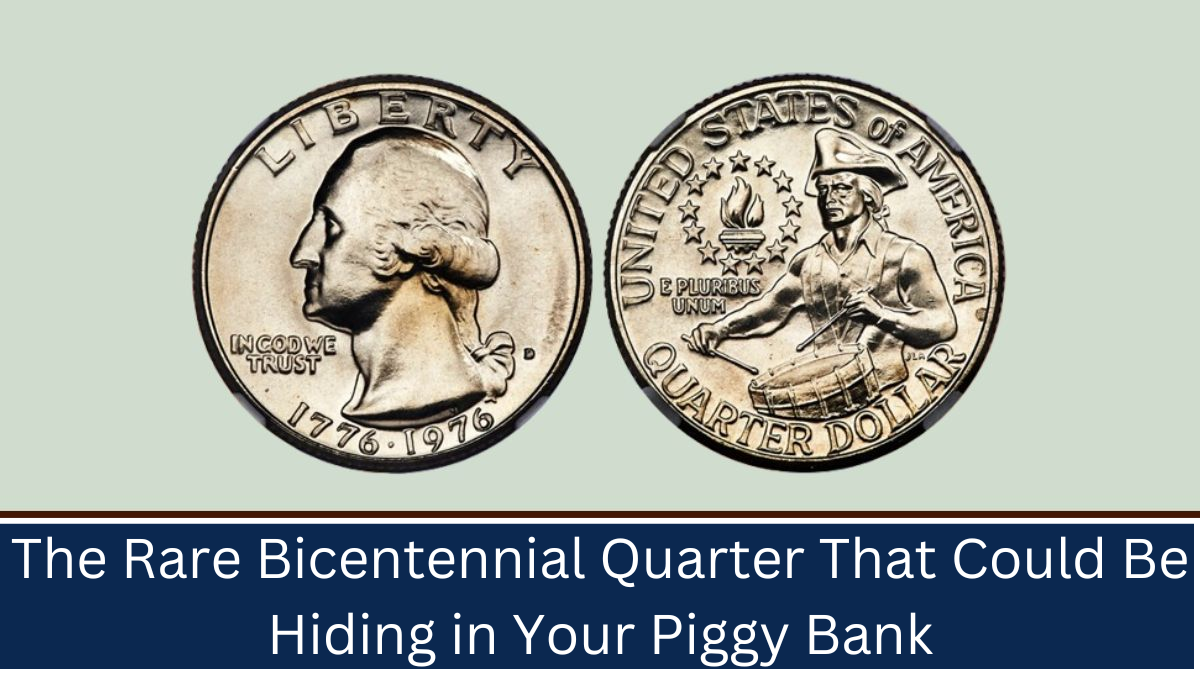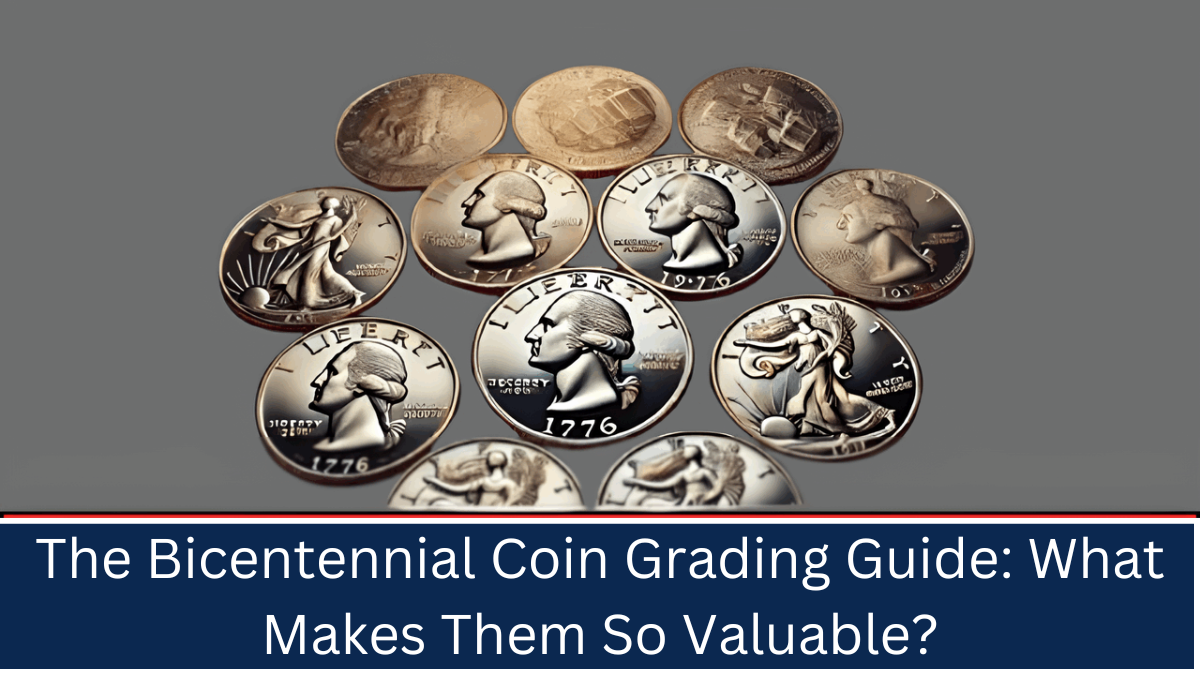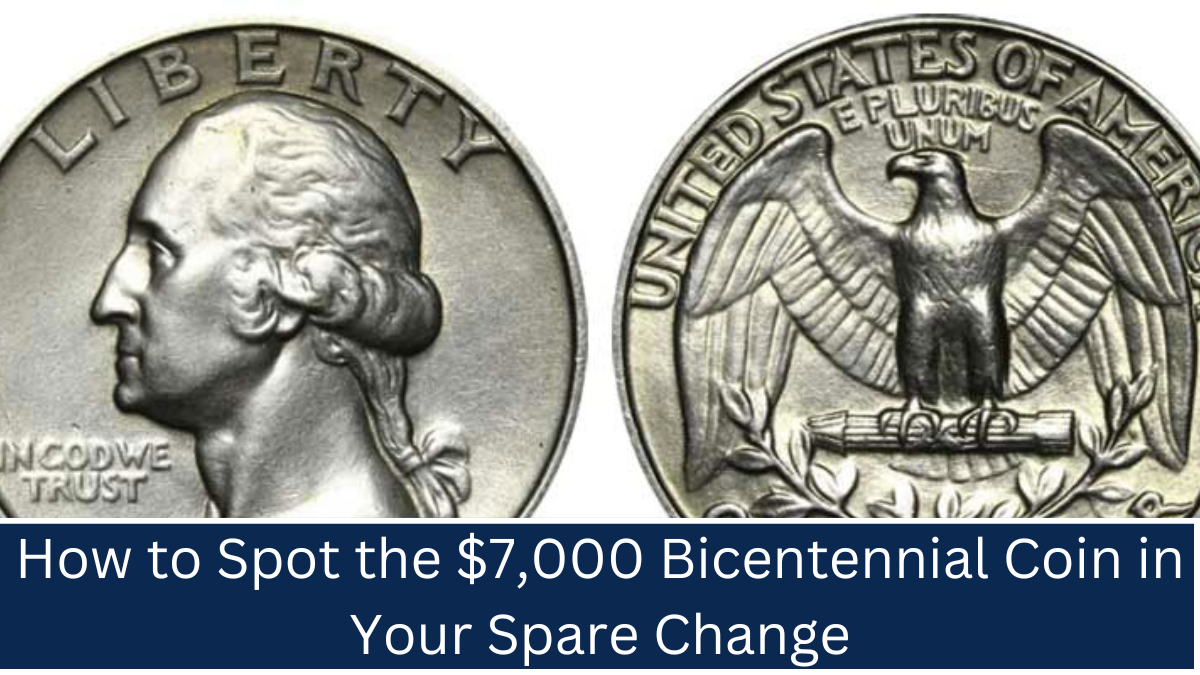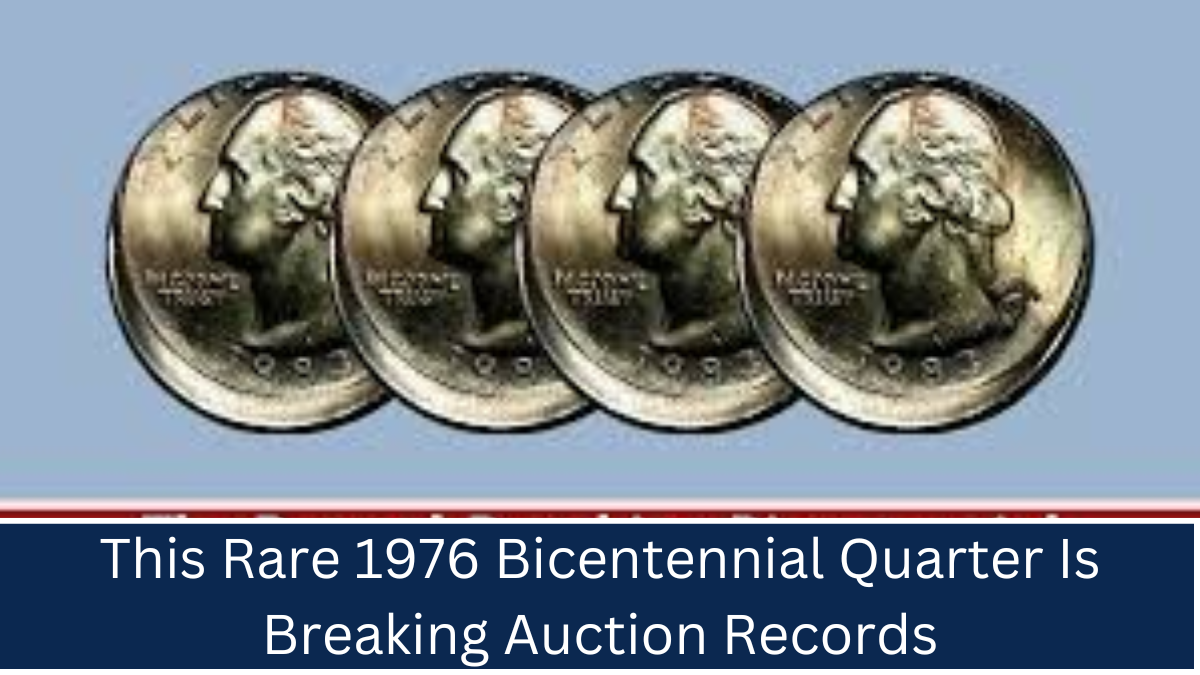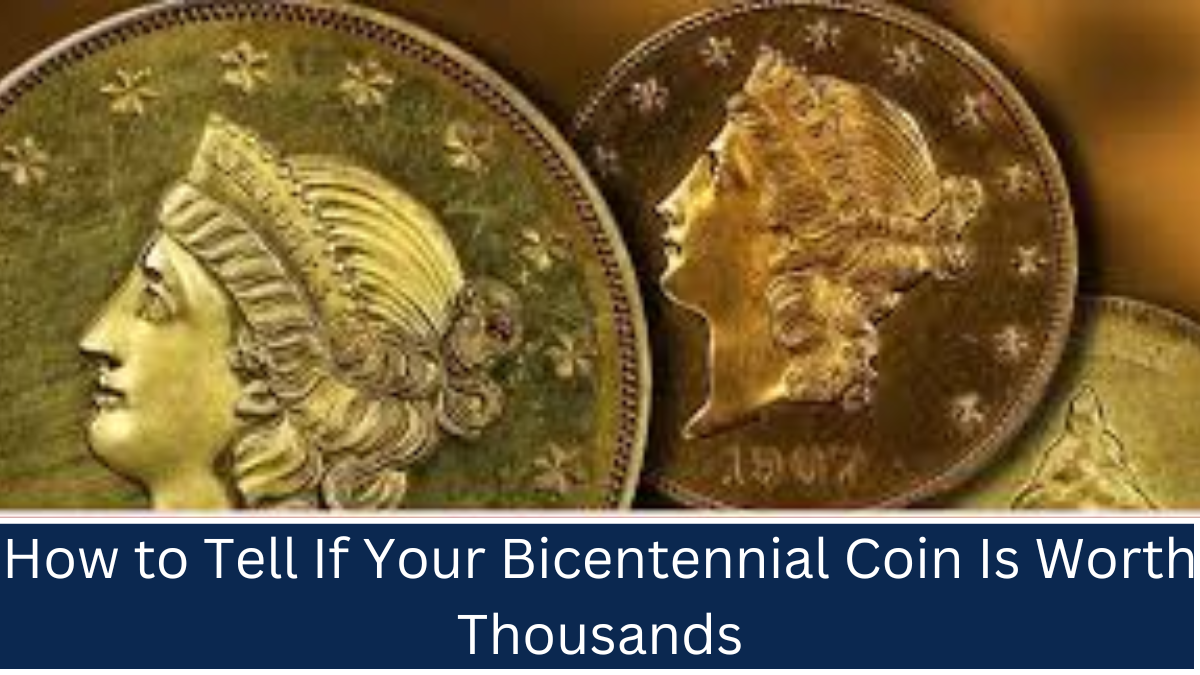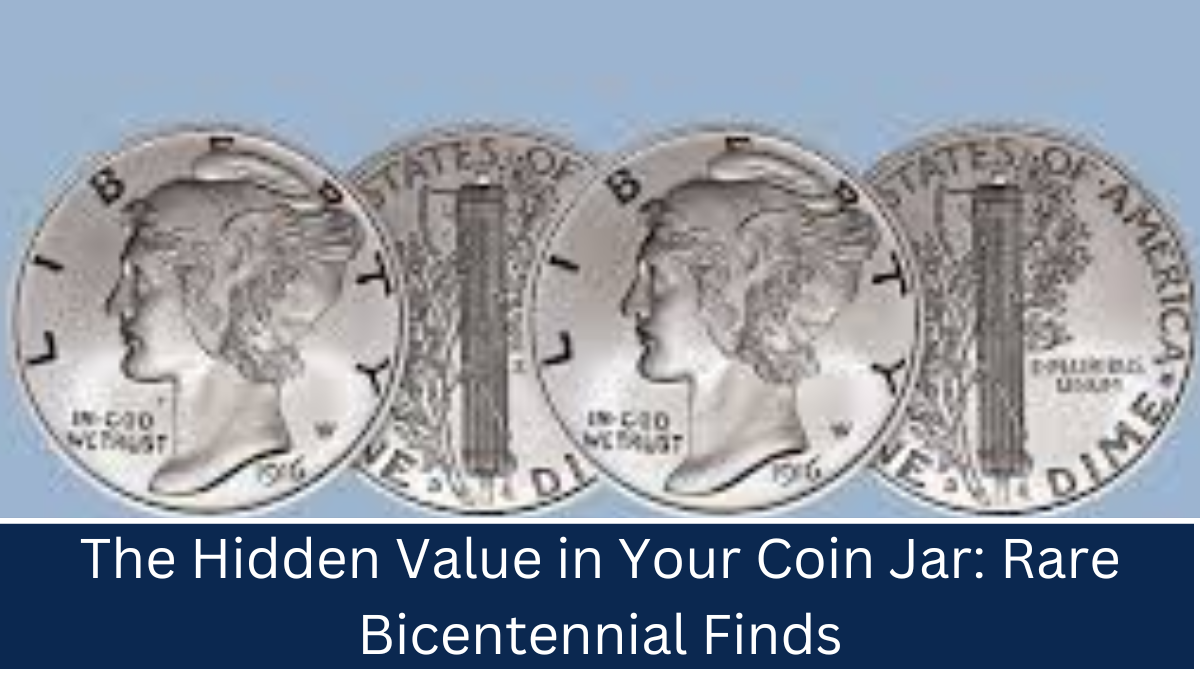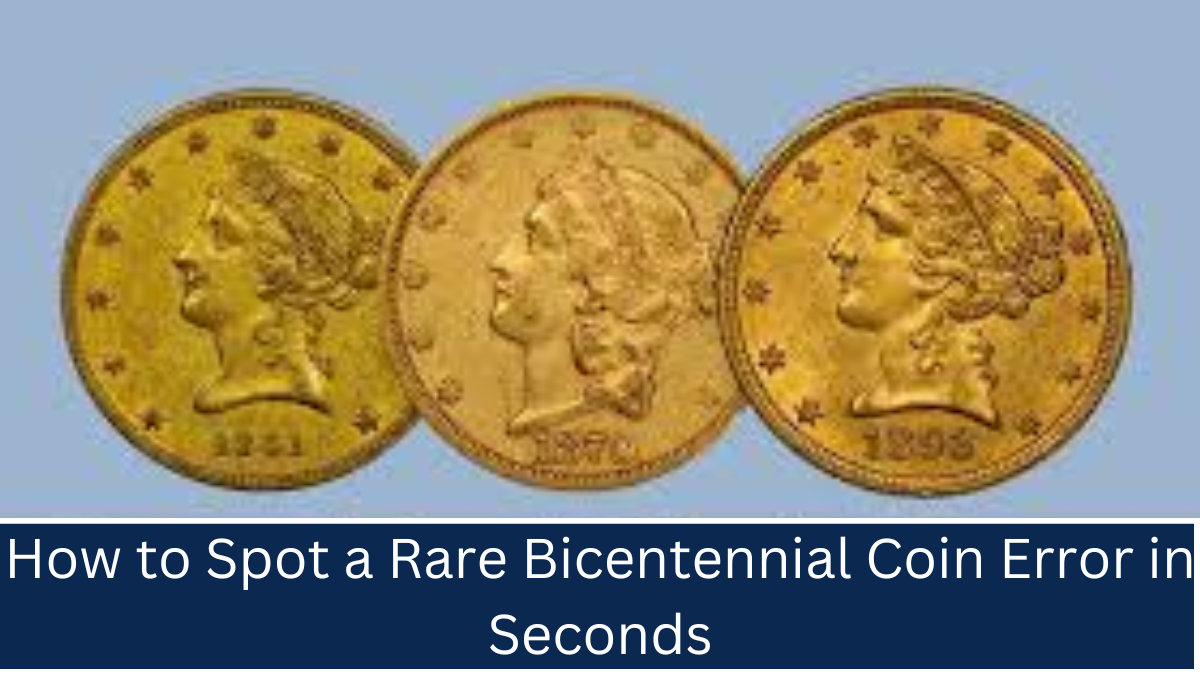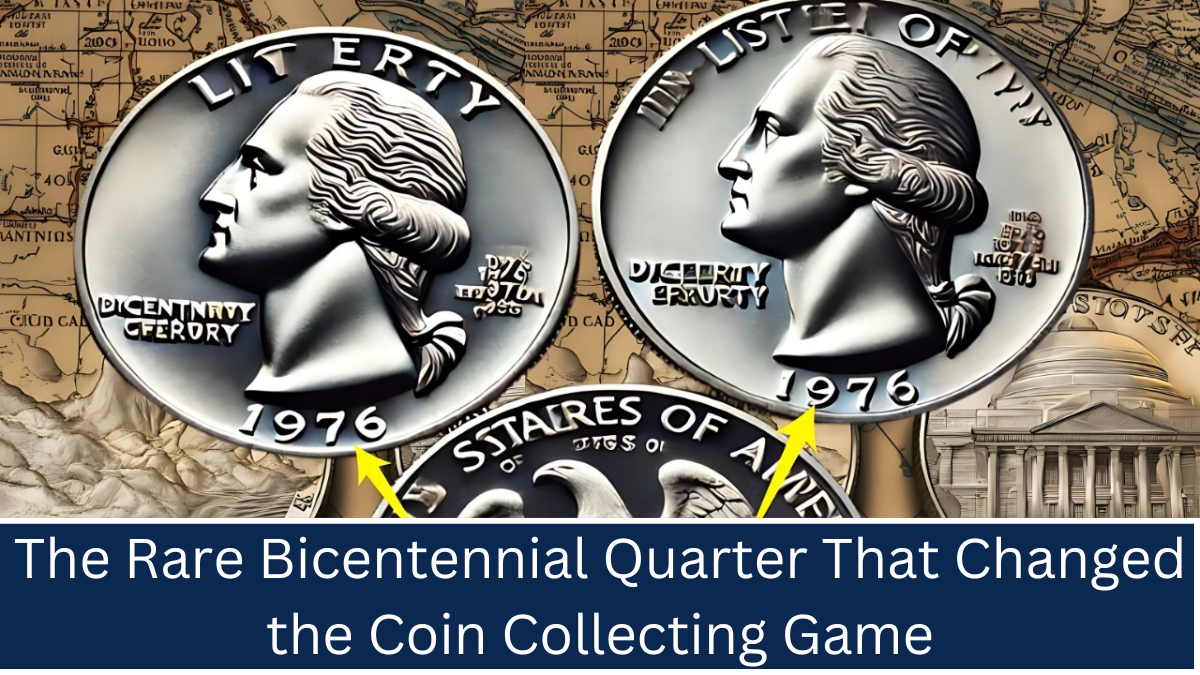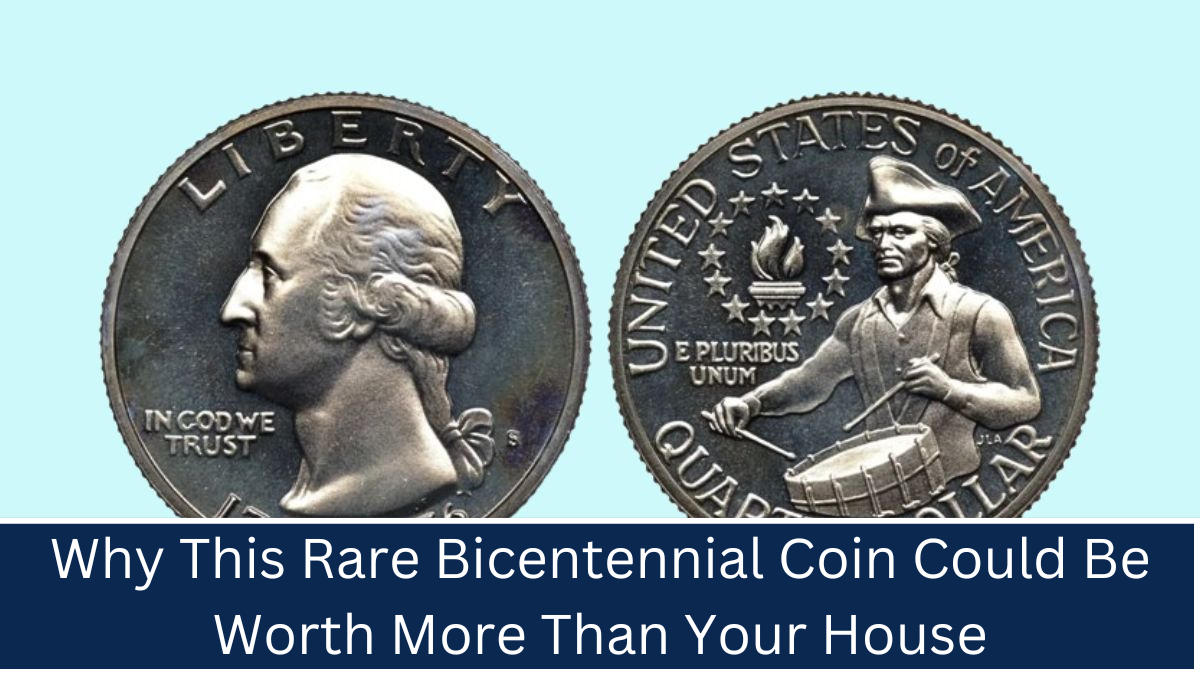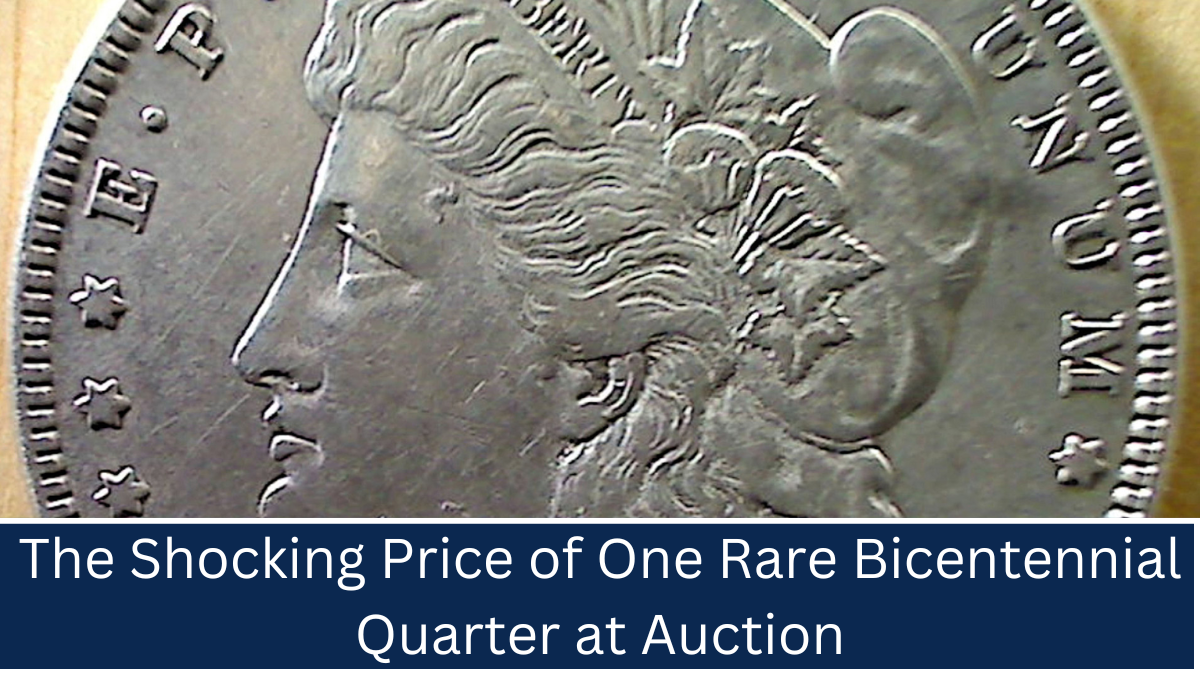The 1976 Bicentennial Quarter is often thought of as a simple commemorative coin, created to celebrate the 200th anniversary of the United States. Most people are familiar with the standard version, which is worth only face value, but did you know that among the millions of Bicentennial Quarters minted, some can be worth much more? In fact, there are rare varieties and minting errors that can make certain Bicentennial coins worth thousands of dollars. If you’ve got one in your pocket, it could be a hidden treasure. Here’s how to spot a $50,000 Bicentennial Coin and what to look for to identify the valuable versions from the common ones.
Coin Name: 1976 Bicentennial Quarter
The 1976 Bicentennial Quarter was issued to commemorate the nation’s 200th anniversary and features a special reverse design. While the design is familiar to many, not everyone knows that rare versions of this coin can be worth far more than just a quarter. Some varieties, such as coins with minting errors or special proofs, can sell for significant amounts at auctions, making them highly sought after by collectors.
Doubled Die Error:
One of the most valuable versions of the Bicentennial Quarter is the Doubled Die error, where the coin was struck twice, causing the text, especially the date or “LIBERTY,” to appear doubled. These coins are rare and can sell for thousands of dollars, with the price depending on the extent of the doubling and the condition of the coin.
Clipped Planchet:
A clipped planchet is a minting error that occurs when the metal planchet (blank coin) is incorrectly cut, resulting in part of the coin’s edge being missing. This is another rare error that can dramatically increase the coin’s value. The more noticeable the clip, the higher the value, with some coins fetching hundreds or even thousands of dollars.
Proof Coins:
The 1976-S Proof Bicentennial Quarter, produced at the San Francisco Mint, is a special version of the coin made with a high-quality process designed for collectors. These proof coins are struck with extra care and feature a shiny, mirror-like surface with frosted designs. They’re typically more valuable than regular circulation coins and can fetch significant sums in good condition.
Off-Center Strike:
Coins with an off-center strike error occur when the coin is not properly aligned with the blank planchet during minting, leaving part of the design off the edge of the coin. While off-center strikes are more common with smaller denominations, finding a Bicentennial Quarter with this error is a rare and valuable find.
While most 1976 Bicentennial Quarters are worth only face value, there are rare and valuable versions that can fetch thousands of dollars or more. Knowing what to look for, such as doubled die errors, clipped planchets, proof coins, and off-center strikes, can help you identify a potential treasure hiding in your pocket change. If you suspect you’ve found a valuable Bicentennial Quarter, it’s worth having it professionally graded to assess its condition and authenticity. You might be sitting on a small fortune without even knowing it.
FAQ’s:
What makes a Bicentennial Quarter valuable?
Rare minting errors like doubled die, clipped planchets, or off-center strikes, as well as proof coins, make them worth more.
How can I spot a Doubled Die error?
Look for doubled text, especially on the date, “LIBERTY,” or “IN GOD WE TRUST.”
What is a clipped planchet?
It’s when part of the coin is missing due to a minting error, resulting in an uneven edge.
How do I identify a proof coin?
Proof coins have a shiny, mirror-like surface and an “S” mintmark from the San Francisco Mint.
Should I get my coin graded?
Yes, grading helps authenticate the coin and assess its value, especially if it has a rare error.
